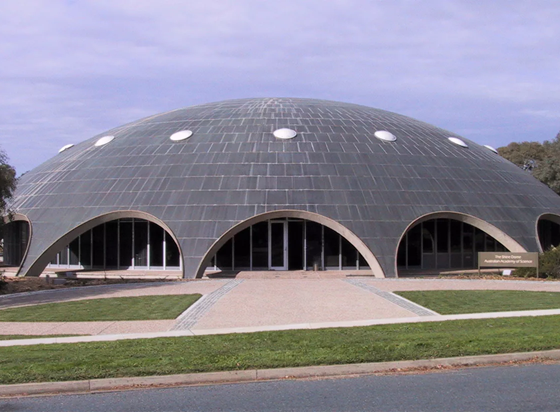We continue to study our baby at home. How should a child develop 2 months of life? To this question you will receive an exhaustive answer in our article on the site you will have a child!
Assessment of the manifestation of visual orientational reactions
In order to study the child’s ability to concentrate on a motionless object and surveillance of its movement, lay the baby on a changing table or some other even horizontal surface on the back. Take a bright toy with a diameter of no more than 5-10 centimeters, and hang it at an altitude of 50-70 centimeters above the baby’s face.
A normally developing child is able to concentrate his attention on a fixed toy for 20-25 seconds. In three months of life, the child can be in an upright position in the arms of an adult and concentrate a look on the subject for 10 seconds (it is desirable that another adult holds the toy).
To determine the baby’s ability to move behind a moving object, also place it on a horizontal surface. Take the toy, raise it at a distance of 40-50 centimeters above the face of the child and slowly move it by 40-50 centimeters first to the right, then to the left. The child’s reaction consists in continuous tracking the toy for 5-10 seconds with turning the head in the direction in which the subject is located.
Child development 2-3 months – assessment of emotional behavior
In order to evaluate the baby’s emotional behavior, bend over him, smile, gently talk to him for 25-30 seconds. Repeat such actions several times. A normally developing baby will have a smile, he can make quiet and short sounds, begin to actively bend and unbend the handles and legs, turn his head. This indicates the formation of the so -called “revitalization complex”.
Assessment of general movements 2 3 months of child’s life
For a child of this age period, the most important is to raise and retain the head.
Therefore, place the baby on a flat horizontal surface on the tummy. If the child does not raise his head, take a rattle and put it in front of him at a distance of 30-40 centimeters. Then begin to slowly lift it up. A healthy baby will not raise his head and hold it for 5 seconds. If the child experiences difficulties, help him: hold the legs, stroke on the back.
Assessment of hand movements
To do this, put the baby in a crib (we wrote about how to choose a crib) on the back and hang rattle. The distance should not exceed 10-15 centimeters from the baby’s chest (can be reduced if the child does not reach the rattles). Normally, the reaction of the child should be as follows: the baby revives, pulls the pens, straightens and squeezes his fingers, tries to touch the toy, watches with his eyes on the movements of the hands. The baby cannot capture the subject yet.
Assessment of the premises of speech development
Lean over the child’s face at a distance of 25-30 centimeters. Smile the baby, talk to him, read to him rhymes, samp the song. The response of a normally developing baby is the manifestation of vocalizations (uncontrolled pronunciation of sounds).
We draw your attention to the fact that any deviations from the above reactions are not always pathology. But you need to constantly watch the baby and be sure to consult with specialists.


